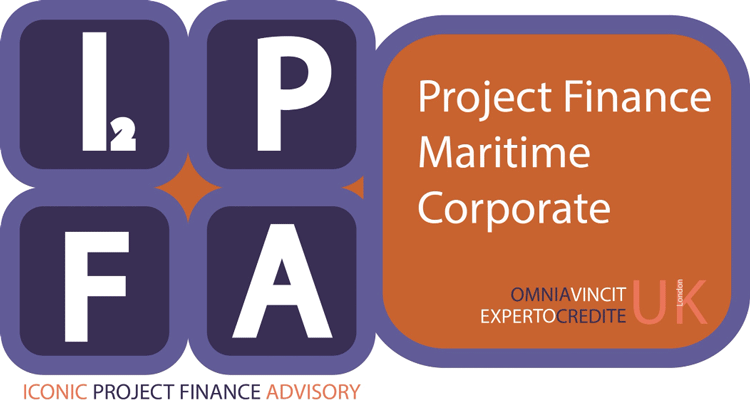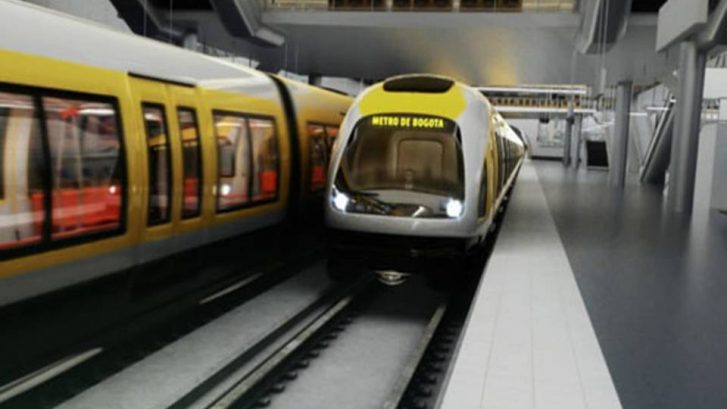IPFA’s study provided the government with a clear implementation roadmap for the city of Bogotá and the national government to execute the preferred financing strategy.
I P F A Role

In the context of improving mobility in the city, Bogotá’s city administration prioritized two pertinent projects: the full integration of the public transit system, SITP, and the construction of Bogotá’s first metro line. The metro will be the first rail line to be integrated into the SITP in terms of tariff, operations, and infrastructure components.
I P F A provided support to development of the two projects on behalf of the Instituto de Desarrollo Urbano as part of PPIAF that evaluated the options available to Colombia’s municipal and national governments to finance the project. IPFA is also providing an implementation roadmap for identified options.
I P F A also evaluated the options available to the municipal and national governments to finance the Bogotá Metro Project, and provided a detailed implementation roadmap. The evaluation took into account existing local laws and regulations, the technical and operational requirements associated with the integration of a new mass transit system into the SITP, and the best practices and lessons learned from international experience in the financing of similar projects.
The development of the advanced engineering studies for the metro as a part of its broader Bogotá Urban Services Project have been supported by the World Bank. The project will also improve the city’s mobility by providing better access to the public transport system, and improving road safety, traffic management, and transport planning.
OVERVIEW
In the last 15 years, Bogotá has led the world in transforming public transport systems. Starting with the development and implementation of the Transmilenio bus rapid transit (BRT) system in 1998, the quality of public transport offerings available to travelers has dramatically increased, resulting in significant travel time savings, particularly for low income users. Additional benefits have included decreases in transport costs for users, traffic accident rates, and transport-related emissions, which translate to positive environmental impacts.
PROJECT BACKGROUND
Bogotá is taking the lead in integrating all public transport services in the city under an integrated operational, infrastructure, and fare scheme. The assessment of the financing options related to the integrated tariff regime will result in a structure that will benefit low income users by eliminating the need to pay for multiple trips. The Bogotá Metro Project will be a key component of the integration effort. The project comprises the construction of the first line of Bogotá’s metro, which will extend 27 kilometers and have 27 stations, from Patio Taller in the west of Bogotá to Calle 127 in the east. The metro system is being designed for a peak passenger capacity of 80,000 passengers per hour per direction in the heaviest loaded segment, a remarkable capacity compared to other metros around the world. This is the first of four lines planned to be built in the next 30 years.
The bidding award is expected for late 2017. Construction is estimated at around six years, with the metro to begin operations in 2023.
The total project investment is estimated at $7.5 billion, which includes costing for land acquisition, resettlement, and environmental compensation. This cost is on the higher end if compared to similar heavy rail projects.
The municipal government of Bogotá and the national government are jointly financing between 40 and 70 percent of the total cost of the metro line.


